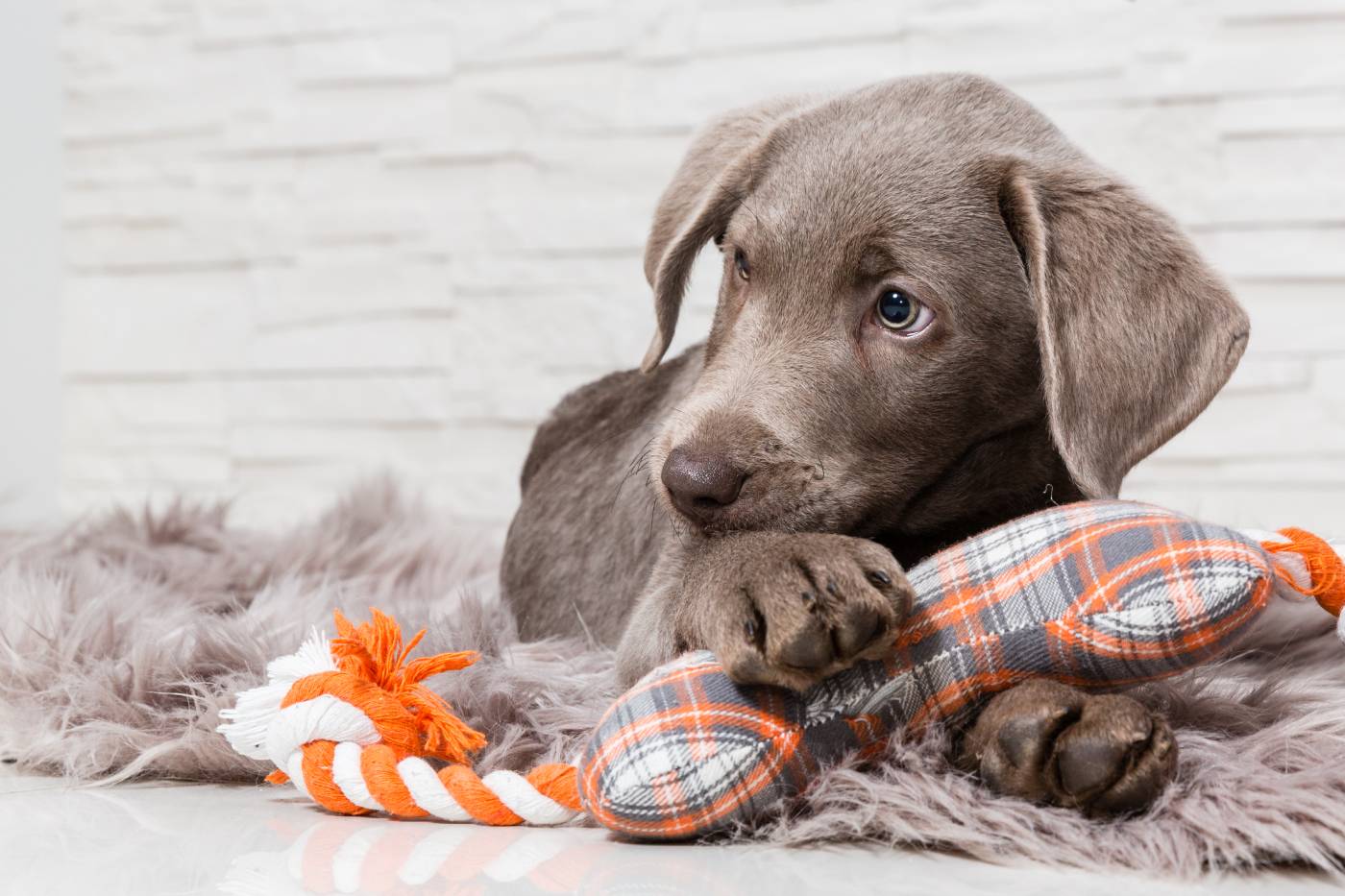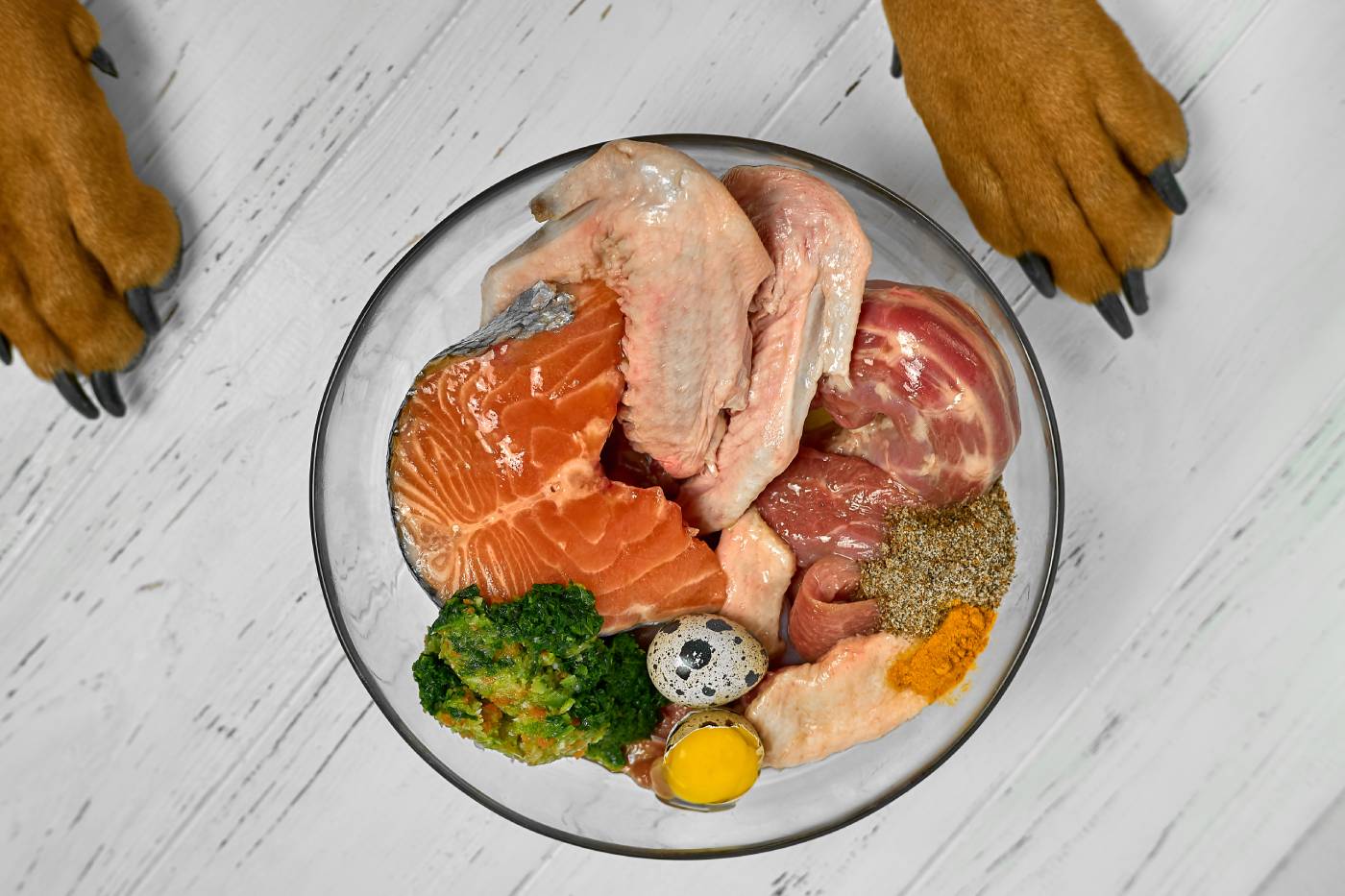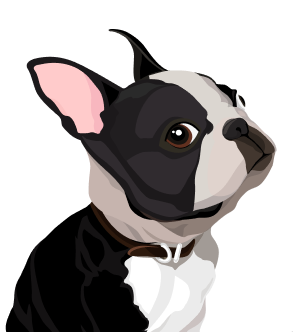People say that sharing is caring. That’s why many dog owners get truly upset when their puppies or older dogs start growling, stiffening, lunging, or biting when they try to retrieve food or toys from them.
This unpleasant behavior is called resource guarding, and your dog doesn’t mean to hurt you by exhibiting this behavior; they simply want you to stay away from something they consider valuable.
In most cases, this behavior presents in a mild form and is considered to be normal. However, serious cases of resource guarding are inappropriate for a family dog.
Some dog owners consider resource guarding to be a manifestation of disrespect or a desire to dominate, so they think that it is necessary to nip this behavior in the bud. So-called kind owners (sometimes even under the supervision of so-called specialists) will hit their pets, pull them by the collar, and take their toys or food away. They think that these are good ways to “put their pets in their place”.
As a result of these responses, dogs can either develop a learned helplessness or start to guard their resources even more frantically. These are natural consequences, but they’re certainly not ideal outcomes. On top of that, the dog will lose confidence in their owner, leading to even more behavior problems down the road.
Of course, it’s necessary to manage a dog’s guarding behavior, but this should be done carefully and wisely.
If your pet’s resource guarding situation is severe contact a canine behavior specialist immediately.
A canine behavior specialist whose methods are based on positive reinforcement will create a correction program that will teach your dog to share.
What to Do If Your Dog Resource Guards
You should stick to certain rules when any new dog arrives at your house. If you have time to teach your dog to stop guarding their resources when the behavior presents itself, go for it. When you are in a hurry or busy with something, do not leave your pet with the resources or opportunity to show unwanted behavior.

So, what do you do if you don’t have enough time to train your dog?
- If you have kids, feed your pet in a locked room. Don’t let your kids disturb your dog while they are eating. Let your dog calmly finish their meal and move away from their bowl. Then and only then take the bowl and open the room. Don’t let your kids feed your pet until their resource guarding problem is addressed.
- Don’t let your dog chew on bones, deer antlers, or other chew treats whenever they want. You can give them a toy or deer antlers while you’re away or give them something to chew on in a locked cage. If your dog has chewed on a bone and then moved away from it, take this bone away until next time. Do not leave it lying on the couch or on the floor. If your dog starts to guard the door mat, throw the mat away and replace it with something larger, like a case of water. This way you’ll prevent your dog from “accidentally” occupying the space.
- Hide all the items your dog may guard. If possible, do it discreetly so that your dog does not see it. You can ask someone from your family to call your dog to the kitchen and give them a treat. Meanwhile, close the door to the room, remove the item, and open the door again as if nothing happened.
These rules are particularly important as you start working on your dog’s resource guarding issue. If you let your dog behave aggressively when you’re too busy to train them and then demand correct behavior during obedience training, they’ll stop resource guarding only during training sessions. This is obviously not the result you’d like to achieve.
Resource Guarding Correction: Measuring Success
When your dog shows protective behavior, they don’t intend to hurt you. They still love you and want to be your friend. Your dog considers this their behavior normal, so it shouldn’t offend you. It’s crucial to understand that biting is your dog’s last resort. They will do so only if their other warning signs were ignored. Your dog will bare their teeth and growl only if you don’t react to their milder signs of discontent and correct the issue.
If your pet’s resource guarding is severe, then correcting the issue will follow this progression: your dog will start growling instead of trying to bite you, then they’ll begin to express dissatisfaction without growling at all. Instead, they’ll use their posture and facial expressions to show discontent. Every single success, like moving from biting to growling, should be reinforced. To do this, reward your dog by leaving them alone. By giving them what they want, which is to be left alone, they are more likely to repeat the calm behavior they’ve shown.
For example, let’s say your dog was initially attempting to bite you, but you’ve since spent a lot of time teaching your dog not to guard their resources. Now, they freeze over an item you are trying to touch. If they don’t growl or try to bite but simply look up at you, praise them and back off. This is a great step in resource guarding correction! Looking at you warily is much better than biting your hand.

Maybe your pet’s ideal behavior will be dropping an item after the “Drop It” command and coming to you. Afterward, you will reinforce your dog’s behavior by giving praise and be able to take the item away. Many dogs will calmly give you whatever they were guarding after your command. However, if you try to just reach out and unexpectedly take the item away, the dog may bite without even having time to think. Resource guarding is a dog’s natural behavior while non-guarding is a learned one.
A Few Tips on Resource Guarding Correction
- Hand-feeding is the key to resource guarding prevention. Hand-feed your dog for the first days or even weeks of their stay in your home. This way you’ll show your dog that your hand gives resources and doesn’t take them away.
- If you didn’t have the chance to hand feed and the resource guarding problem has already arisen, take several weeks to perform the following sequence. Divide one of your dog’s meals into five parts. Put down a bowl with one part and move far away so that your dog can safely eat. When they finish, show them that you have more food. When the dog moves away from the bowl, very calmly take the bowl and put the second part of their meal portion there. If your dog refuses to allow you to remove the empty bowl, lure them with a treat to another room and then take the bowl away. You’ll likely see progress after three to four feedings. The most severe cases may take a few days to correct. Your dog will soon realize that you take their bowl only to refill it. This realization will lead to a new behavior pattern. Your dog should now ask for food by looking at you inquisitively and coming closer to you.
- If your pet is calm when you remove their bowl, don’t move away from them when they eat. Continue feeding your dog in five parts. First, remove the bowl each time you want to put food in it. After your dog understands the sequence, pour more food when your pet looks at you inquiringly without removing the empty bowl.
- If everything goes well, you can give your dog all their food at once. Put some dry kibble in your dog’s bowl after they finish eating. Then repeat every few days. You can even do this one week per month or simply from time to time. The main idea is that your dog should remember that 99% of the time when you approach them when they are eating, you do it only to give them some more delicious food.
- If your dog doesn’t resource guard in your presence but is still tense with your family members, give your dog their food and be ready to add something delicious when your child or another family member passes by.
Resource Guarding: Useful Exercises
Take a deer antler, veal bone or something big enough that you can hold while your dog is chewing on it. However, it shouldn’t be a juicy meat bone or other tempting treat that will be too attractive for your pet.
Hold this bone and allow your dog to chew on it. Praise your pet but do not let go of the bone. Meanwhile, keep a high-value treat in your other hand and show it to your dog. Wait until your dog turns his attention from the bone to the treat. Actively praise your pet for that. Repeat this exercise several times.
After a few repetitions, start saying “Drop It” before offering a high-value treat from your second hand. Say “Drop It” one time in a calm but firm voice. Follow this verbal cue with a treat and praise.
Then give your dog a chew item again, without letting it out of your hands. In the next stage, say “Drop It” and wait for several seconds. If your dog doesn’t leave their chew item alone, offer them a treat as you did before. If they turn their attention from the chew item, give them several treats this time. Eventually, your dog will get to the stage where they drop the chew item on your “Drop It” command and wait for their treat.
At this point, give your dog something that they don’t value much, without holding it in your hand. Try giving them a toy if your dog is not particularly playful or an apple if they don’t really like them. When your dog starts sniffing an object, say “Drop It.” If your dog follows your command, reward them with a high-value treat.
If your dog does not obey, firmly take their most valuable treats and go to another room. Actively praise your dog if they run after you and reward them with treats.
If your dog is prone to guarding their treat or toy, particularly if they growl at you, start at a sufficient distance. To prevent your dog from growling, throw some strong-smelling treats at your feet.
If your dog doesn’t notice right away, they will gradually realize that something tasty is “spilling” out of your hands and pockets from time to time. In time, your dog’s attitude to your approach will change.
Your dog will not think that you want to take something away from them. Instead they’ll think that there is a high chance that you’ll drop something tasty. The guarding behavior will be replaced with curiosity. Your goal for your dog is that they easily leave whatever they are guarding and go to you. Later, you can start to call them, give them treats, and let them go back to their “prey.”
How to Deal with Resource Guarding Aggression
Here’s the key principle of successful resource guarding correction.
If your dog acts politely and calmly, they get what they want. If your dog shows aggression, they lose what they want.
If your dog obeys your “Drop It” command, praise them, let them get back to the resource, or give them something more valuable.
Then you need to explain to your dog that if they show aggression they lose. If you feed your pet, give them one part out of five. If they growl, take the other four parts and leave your dog for ten minutes. Then come back and put a small piece of food into your dog’s bowl and continue the exercise.

In the beginning, your pet may think that if they growl, you are more likely to give them what they want. However, after seeing that you do the opposite, that is, leaving without giving them anything due to their growling, they’ll change their tactics. Your dog will try to find some other options to sway your decision.
Some dogs, like stubborn terrier half-breeds or older dogs that are used to getting what they want by showing aggression, will need quite a few repetitions to understand the logic behind your actions. However, once they realize that kindness and friendliness work better than threats and aggression, they’ll never forget.
With aggressive animals, you’ll have to think carefully in advance about how you will limit the dog’s access to resources if they show aggression. In the most severe cases, you can feed your dog through a muzzle.
You can tie your dog to something on one wall and attach the bowl to a rope.This way you’ll be able to take the bowl away remotely.
You should always be in control of the situation but never look threatening. You should guide your dog, explain your rules to them, and discourage their natural guarding behavior.
Like any other problem, resource guarding is easier to prevent than to treat. You’ll learn how to train your dog with the most modern and humane methods and prevent this undesirable behavior in our app.
